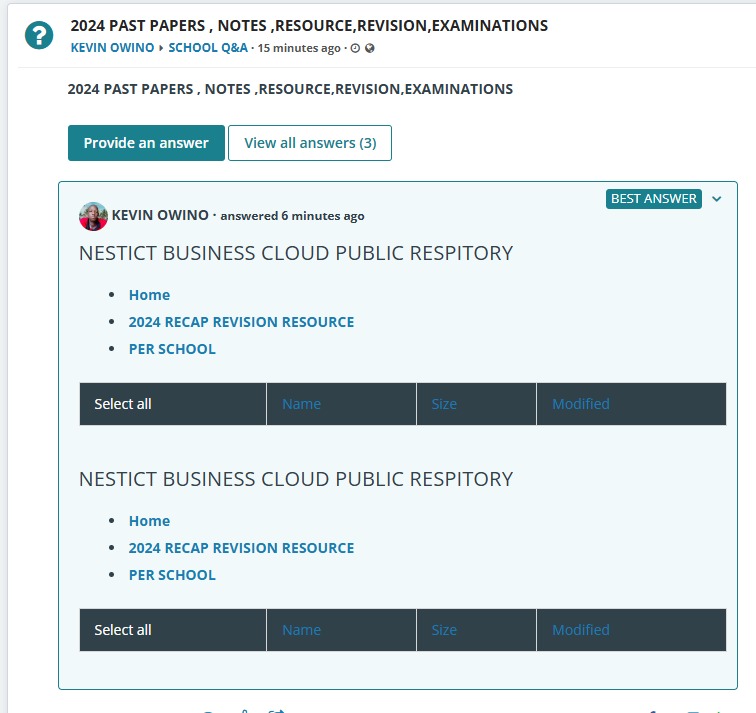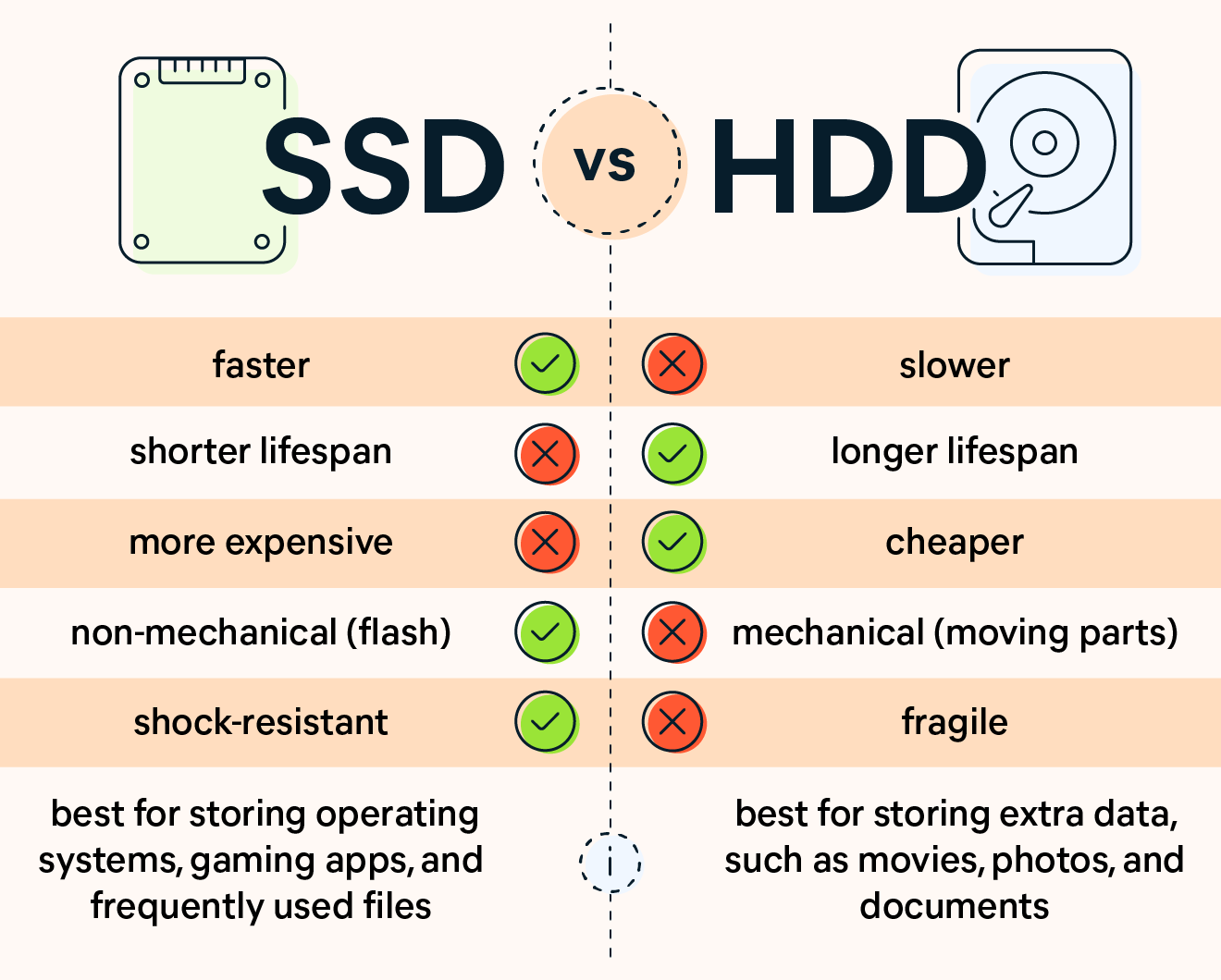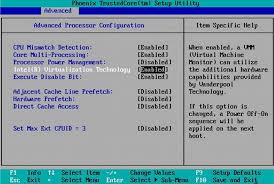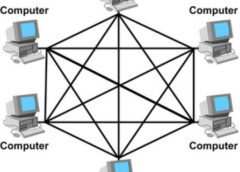
Nestict.com Linktree
Forms CBC Leaving Form NPS Medical Examination Form Vendor Information Form JSS Exams Grade 7 Grade 7 Creative Arts & Sports Questions Grade 7 Christian Religious Education Questions Grade 7…
![]()
Felis consequat magnis est fames sagittis ultrices placerat sodales porttitor quisque.

Forms CBC Leaving Form NPS Medical Examination Form Vendor Information Form JSS Exams Grade 7 Grade 7 Creative Arts & Sports Questions Grade 7 Christian Religious Education Questions Grade 7…
![]()
1. Situation: Climate Change and Global Warming Problem: Rising global temperatures, melting polar ice caps, and extreme weather events are wreaking havoc on ecosystems and human communities. Many people lack…
![]()
Current Challenges in Making Physics and Geography Compulsory 1. Lack of Resources and Infrastructure Many schools, particularly in low-income and rural areas, lack basic resources such as laboratories, geography tools,…
![]()
The 21st century presents humanity with complex challenges, from climate change and resource depletion to technological disruption and global inequality. Addressing these issues demands a populace equipped with more than…
![]()
https://www.nestict.com/downloads/school-resource/2024-recap.html https://www.nestict.com/downloads/school-resource/2024-recap.html?start=0 https://www.nestict.com/downloads/school-resource/2024-recap.html?start=20 https://www.nestict.com/downloads/school-resource/2024-recap.html?start=40 https://www.nestict.com/downloads/school-resource/2024-recap.html?start=60 https://www.nestict.com/downloads/school-resource/2024-recap.html?start=80 https://www.nestict.com/downloads/school-resource/2024-recap/2024-kcse-revealed-set-1-exam-1.html https://www.nestict.com/downloads/school-resource/2024-recap/2024-kcse-revealed-set-1-exam.html https://www.nestict.com/downloads/school-resource/2024-recap/65-silent-songs-essay-questions.html https://www.nestict.com/downloads/school-resource/2024-recap/alliance-girls-high-school-mock-2024-1.html https://www.nestict.com/downloads/school-resource/2024-recap/alliance-girls-high-school-mock-2024.html https://www.nestict.com/downloads/school-resource/2024-recap/alliance-high-school-2024-determinant-1.html https://www.nestict.com/downloads/school-resource/2024-recap/alliance-high-school-2024-determinant.html https://www.nestict.com/downloads/school-resource/2024-recap/an-artist-of-the-floating-world-guide-bk.html https://www.nestict.com/downloads/school-resource/2024-recap/artist-of-the-floating-world-essays.html https://www.nestict.com/downloads/school-resource/2024-recap/bembea-ya-maisha-maswali.html https://www.nestict.com/downloads/school-resource/2024-recap/biological-graphs-qns-m-s-1.html https://www.nestict.com/downloads/school-resource/2024-recap/biological-graphs-qns-m-s.html https://www.nestict.com/downloads/school-resource/2024-recap/bunyore-and-kamusinga-joint-pre-mock-examination-2024-1.html https://www.nestict.com/downloads/school-resource/2024-recap/bunyore-and-kamusinga-joint-pre-mock-examination-2024.html https://www.nestict.com/downloads/school-resource/2024-recap/fathers-of-nation-guide-book.html https://www.nestict.com/downloads/school-resource/2024-recap/fathers-of-nations-essays-questions.html https://www.nestict.com/downloads/school-resource/2024-recap/fathers-of-nations-exerpts-questions.html https://www.nestict.com/downloads/school-resource/2024-recap/fisher-mock-examination-2024-kcse-revision.html https://www.nestict.com/downloads/school-resource/2024-recap/form-1-end-term-3-exam-set-1-1.html https://www.nestict.com/downloads/school-resource/2024-recap/form-1-end-term-3-exam-set-1.html https://www.nestict.com/downloads/school-resource/2024-recap/form-1-end-term-3-exam-set-3-1.html?start=20 https://www.nestict.com/downloads/school-resource/2024-recap/form-1-end-term-3-exam-set-3.html?start=20 https://www.nestict.com/downloads/school-resource/2024-recap/form-1-end-term-3-exam-set-4-1.html?start=20 https://www.nestict.com/downloads/school-resource/2024-recap/form-1-end-term-3-exam-set-4.html?start=20…
![]()
2024 KCSE REVEALED SET 1 EXAM (1).pdf 2024 KCSE REVEALED SET 1 EXAM.pdf 65 SILENT SONGS ESSAY QUESTIONS.pdf ALLIANCE GIRLS HIGH SCHOOL MOCK 2024.pdf ALLIANCE HIGH SCHOOL 2024 DETERMINANT.pdf AN…
![]()
The classification of law helps organize and understand the complex structure of legal systems. Broadly, law can be classified into several categories based on different criteria, such as its source,…
![]()
DISCUSS THE SYSTEM OF COURTS IN KENYA Superior Courts The superior courts are; i. The Supreme Court ii.The Court Appeal iii. The High Court iv. The Courts referred to in Article 161 clause…
![]()
As an important supplement of this chapter, we have included in the following lines the meaning of some of the most used terms used in the world network of networks:…
![]()
INTERNET. Why Study about the Internet? √ To understand what the Internet is, the services that it offers, what is required in order to get connected, as well as to…
![]()





![[Assorted] Comprehensive List of Postal Codes in Kenya: From A to Z](https://www.blog.nestict.com/wp-content/uploads/2024/08/The-5-Best-Keyboards-For-Typing-Summer-2024-Reviews-RTINGS.com_.jpg)


![[Resource]: Installing Webuzo on Your Nestict Cloud VPS: A Detailed Guide](https://www.blog.nestict.com/wp-content/uploads/2024/12/image.webp)

![[Resource] : Comprehensive List of Equity Bank Codes Across Kenya by Region](https://www.blog.nestict.com/wp-content/uploads/2024/12/image-5.png)



![[Continuation]: Current Challenges in Making Physics and Geography Compulsory](https://www.blog.nestict.com/wp-content/uploads/2024/12/The-universe-of-mathematics-physic-and-astronomy-its-ama…-Flickr.jpg)
![[Resource] : Why Physics and Geography Should Be Compulsory Like Mathematics in Education](https://www.blog.nestict.com/wp-content/uploads/2024/12/image.png)


![[LINKTREE] 2024 PAST PAPERS , NOTES ,RESOURCE,REVISION,EXAMINATIONS](https://www.blog.nestict.com/wp-content/uploads/2024/10/SCHM.jpeg)



![Maritime Terms, Abbreviations and Acronyms [Shipping Terms – Searchable]](https://www.blog.nestict.com/wp-content/uploads/2024/09/Container-Stowage-Stock-Illustrations-–-71-Container-Stowage-Stock-Illustrations-Vectors-Clipart-Dreamstime.jpg)
![Maritime Terms, Abbreviations and Acronyms [ Shipping Terms]](https://www.blog.nestict.com/wp-content/uploads/2024/09/image.png)







![[Explainer]: NVMe storage, SSD (SATA SSD), and HDD](https://www.blog.nestict.com/wp-content/uploads/2024/08/Laptops-are-available-with-SSDs-and-HDDs.png)














![[Updated 2024] – Passport Application FOR CHILDREN ONLY(PERSONS UNDER 18 YEARS)](https://www.blog.nestict.com/wp-content/uploads/2023/09/keppp-240x172.png)
![[Updated 2024] -Passport Application FOR ADULTS ONLY-PERSONS OVER 18 YEARS](https://www.blog.nestict.com/wp-content/uploads/2023/09/EAF-Passport-e1631045054464-400x800-1-240x172.jpg)









![[Assorted] Comprehensive List of Postal Codes in Kenya: From A to Z](https://www.blog.nestict.com/wp-content/uploads/2024/08/The-5-Best-Keyboards-For-Typing-Summer-2024-Reviews-RTINGS.com_.jpg)


![[Resource]: Installing Webuzo on Your Nestict Cloud VPS: A Detailed Guide](https://www.blog.nestict.com/wp-content/uploads/2024/12/image.webp)

![[Resource] : Comprehensive List of Equity Bank Codes Across Kenya by Region](https://www.blog.nestict.com/wp-content/uploads/2024/12/image-5.png)



![[Continuation]: Current Challenges in Making Physics and Geography Compulsory](https://www.blog.nestict.com/wp-content/uploads/2024/12/The-universe-of-mathematics-physic-and-astronomy-its-ama…-Flickr.jpg)
![[Resource] : Why Physics and Geography Should Be Compulsory Like Mathematics in Education](https://www.blog.nestict.com/wp-content/uploads/2024/12/image.png)


![[LINKTREE] 2024 PAST PAPERS , NOTES ,RESOURCE,REVISION,EXAMINATIONS](https://www.blog.nestict.com/wp-content/uploads/2024/10/SCHM.jpeg)



![Maritime Terms, Abbreviations and Acronyms [Shipping Terms – Searchable]](https://www.blog.nestict.com/wp-content/uploads/2024/09/Container-Stowage-Stock-Illustrations-–-71-Container-Stowage-Stock-Illustrations-Vectors-Clipart-Dreamstime.jpg)
![Maritime Terms, Abbreviations and Acronyms [ Shipping Terms]](https://www.blog.nestict.com/wp-content/uploads/2024/09/image.png)







![[Explainer]: NVMe storage, SSD (SATA SSD), and HDD](https://www.blog.nestict.com/wp-content/uploads/2024/08/Laptops-are-available-with-SSDs-and-HDDs.png)














![[Updated 2024] – Passport Application FOR CHILDREN ONLY(PERSONS UNDER 18 YEARS)](https://www.blog.nestict.com/wp-content/uploads/2023/09/keppp-240x172.png)
![[Updated 2024] -Passport Application FOR ADULTS ONLY-PERSONS OVER 18 YEARS](https://www.blog.nestict.com/wp-content/uploads/2023/09/EAF-Passport-e1631045054464-400x800-1-240x172.jpg)








Notifications
